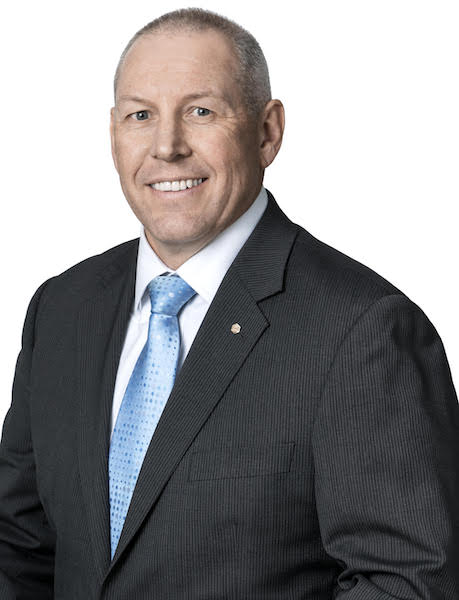For employers, there seems to be a big gap between being open to and actually hiring a disabled team member. For SMEC, taking on Horace has made the office a better place to be.
Hiring disabled employees delivers a series of wins to a workplace, reckons James Phillis, CEO of SMEC ANZ.
From an organisational perspective, it adds to diversity, bringing things in the workplace closer to how they are outside. At a personal level, it provides an opportunity for somebody who might not always get one.
“It is helping us normalise disability in society, and I see that as a good thing,” Phillis, an engineer with over three decades’ experience in consultancy leadership roles, tells create.
People with disabilities are underrepresented in the country’s workforce. 53 per cent of the 2.1 million working age Australians with disabilities are employed, according to Australian Institute of Health and Welfare figures. This compares to 83 per cent for the non-disabled population.
As assistant Federal Disability Services Minister Jane Prentice wrote for Fairfax Media in July, disabled employees bring “unique, valuable perspectives to work, and by not considering them as candidates, we are not only doing them a personal disservice, but our businesses are missing out as well.”

SMEC, a multidisciplinary engineering consultancy with its origins in the Snowy Mountain Scheme, employed Horace in an office admin role in 2016. He has an intellectual disability and joined SMEC following a Jobsupport Transition to Work placement at Sydney Adventist Hospital.
Horace struggles to name a single favourite part about his workplace, recalling several positive parts of his workday, mostly to do with his positive interactions with coworkers.
“I like that I have my own office now and that my supervisor Amy is so nice. Amy is very nice and helpful,” he tells create.
“I also like when we go for Friday night drinks because I get to be social and talk to everyone. Every morning when I get in, everyone says ‘hi’.”
Phillis says he cannot stress enough how well hiring Horace has worked out, and that it seems like he’s been a part of the team forever.
“Probably like a lot of organisations, we went into this with a bit of trepidation, but we quickly embraced the idea,” he adds.
Phillis praises the assistance from the JobAccess program, which supported Horace’s placement, helping SMEC understand what to expect, and checking in regularly.
Following through on diversity
Research released by the federal government found that, for professional and financial services employers, hiring a disabled worker was seen as “a step into the unknown”. And while 83 per cent of those sectors’ employers — tracked in the Building Employer Demand Research Report — were open to hiring a disabled person, only 42 per cent were actually doing so.
The report also found that 78 per cent of professional and financial services employers thought it was important that their workplace reflected the diversity of the general community.
According to Phillis, employers should keep an open mind about hiring people with a disability, and that Horace has made SMEC’s workplace a better place to be.
“I think that means that our people can perform better, and be more creative, and be more open-minded and a bit more innovative as a result of that,” he says.
“I really encourage employers to think hard about just giving it a go and seeing the benefits that they can gain out of it. And the benefits are a lot larger than I think they probably suspect.”
The “Employ Their Ability” campaign aims to raise awareness of disability employment and the services available through JobAccess.



